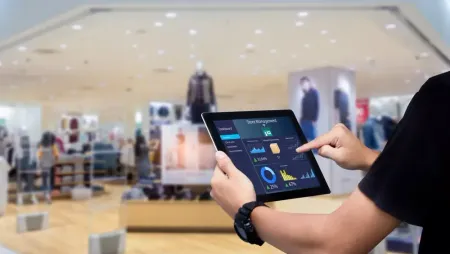Challenge: How to expand the festival experience using technology
Whether you're a long-time jazz fan or someone who's just beginning to discover this music genre, you must be ever heard a buzz about Jazz Goes to Campus (JGTC). It’s one of the oldest and most celebrated jazz festivals in Indonesia. In 2016, this event was entering its 39th year and has been growing with the number of attendees more than 20.000 audience on the last year’s edition.
With this huge number of attendees, the organizer needed a little touch of technology to keep things simple and effective. They wanted to keep the audience updated with JGTC information in an easy way, bridge an engagement between the attendees with the performers, and to make things easier for the audience to buy the ticket on the go.
Solutions: A kick-ass mobile app that reflects the jazz vibe
With the rise of smartphones, mobile apps have become a perfect platform that plays one of the most important roles in the music festival experience, from pre-event to post-event. That’s why we decided to create the Jazz Goes to Campus mobile App.
Suitmedia’s UX strategy makes it easy to find and explore the entire lineups with a visual representation of every artist performing at the festival. By using this app, the concertgoers were updated with breaking information via push notifications. Moreover, we also provide a schedule feature with an intuitive vertical view, allows users for easy navigation.
This app replaced the manual venue map with a simplified, accurate, offline maps help them to find the venue. Concert attendees are also able to view social media activity such as posts on JGTC twitter and Instagram, all in one place.
To create a space for engagement, we brought a feature that allows users to rate performers and chat through a ‘shoutbox’ feature. We also provided a simpler way to buy the ticket through the app, therefore the customers paid the ticket easily, and they'll never have to worry about losing a paper ticket.
Jazz Goes to Campus mobile app appearance is stylish. We applied a flat design in the interface, a minimalist modern style of user interface which uses a minimum of elements and excludes any types of complex colors, gradients, highlights and other shiny, textured, shadowed effect. This helps users to focus more on the content, without distracting the viewers from the visual effects. It emphasizes the simplicity of elements and at the same time makes the interfaces more responsive, faster and easier to use.
Our simplified navigation has succeeded to help users to get information they need most within seconds. The result: a greater engagement in the venue and more jazz vibe for the jazz enthusiasts.















